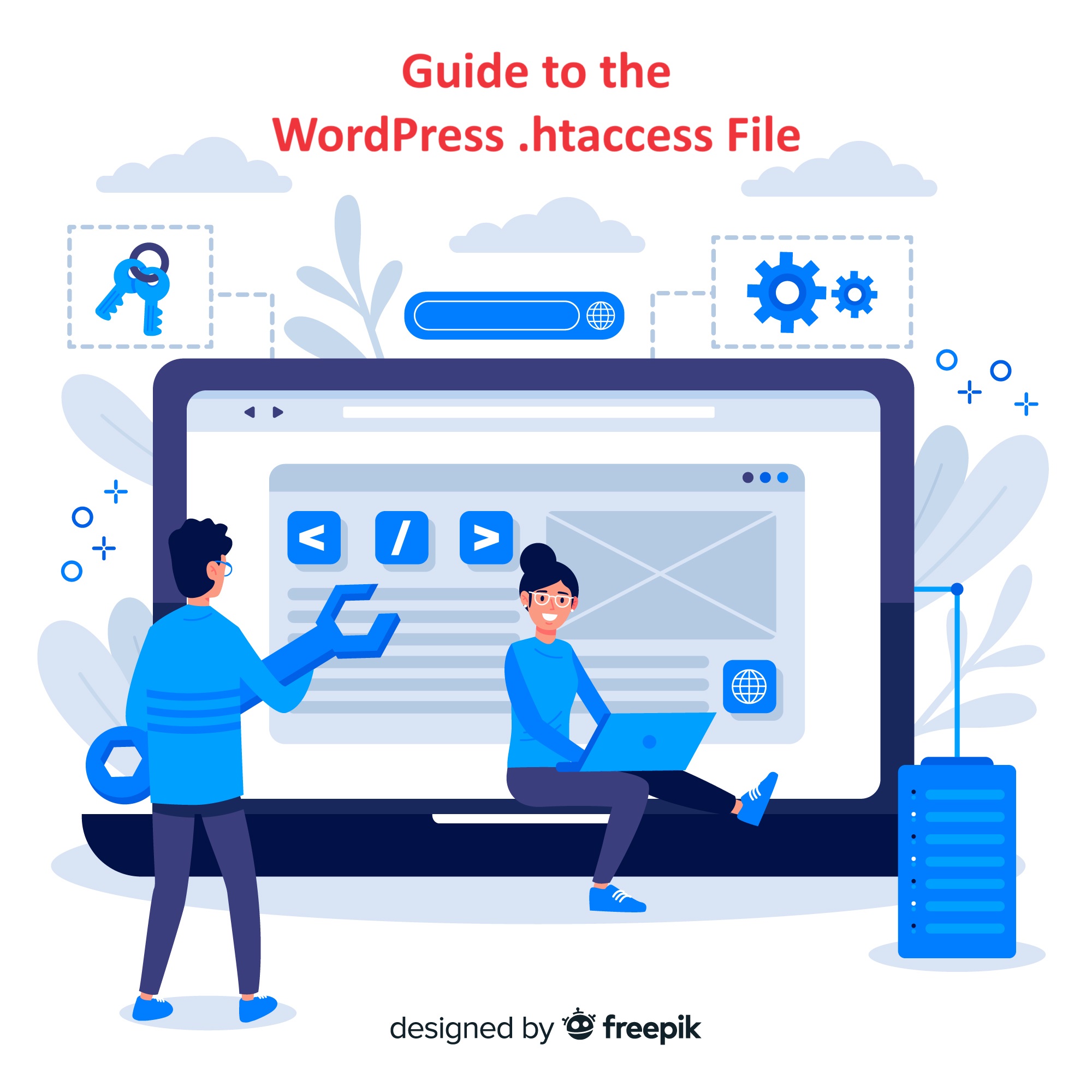Creating a responsive WordPress design is essential to ensure that your website looks great and functions well on all devices, from desktops to mobile phones.
When hosting a WordPress site, ensuring responsiveness goes beyond just the design; it involves choosing the right hosting environment and configuring it for optimal performance and compatibility.
Table of Contents
Here are some best practices to achieve a responsive design:
1. Choose a Responsive Theme WordPress Design
- Select a modern, responsive theme: Ensure your theme is built with responsive design in mind. Most modern WordPress design themes are responsive, but it’s important to test this.
- Test the theme: Use tools like Google Mobile-Friendly Test or simply resize your browser window to see how the theme adapts to different screen sizes.
2. Utilize a Responsive Framework
- Frameworks like Bootstrap or Foundation: These frameworks provide a solid foundation for creating responsive layouts. Many WordPress design themes are built on these frameworks.
3. Implement Responsive Plugins
- Responsive sliders and galleries: Ensure that any slider, gallery, or image plugin you use is responsive. Plugins like Soliloquy or Envira Gallery are good choices.
- Contact forms and other interactive elements: Use responsive form plugins such as Contact Form 7 or WPForms.
4. Use a Mobile-First Approach
- Design for mobile first: Start your design process by focusing on the mobile experience, then scale up for larger screens.
- Progressive enhancement: Add more complex design features as the screen size increases.
5. Optimize Images and Media
- Responsive images: Use the
srcsetattribute in your image tags to provide different image sizes for different screen resolutions. - Lazy loading: Implement lazy loading for images to improve page load times on mobile devices.
6. Flexible Grid Layouts
- CSS Grid and Flexbox: Use CSS Grid and Flexbox for creating fluid grid layouts that adapt to different screen sizes.
- Percentages and EM units: Use relative units like percentages and EMs instead of fixed units like pixels for widths and margins.
7. Fluid Typography
- Responsive typography: Use CSS techniques like
remandemunits for font sizes. Consider using media queries to adjust typography for different screen sizes. - Viewport units: Use
vwandvhunits for truly responsive typography.
8. Media Queries
- Breakpoints: Define appropriate breakpoints using media queries to adjust the layout and design elements based on screen size.
- Common breakpoints: Typical breakpoints include 320px (mobile), 768px (tablet), and 1024px (desktop), but adjust as necessary for your design.
9. Responsive Navigation
- Mobile-friendly menus: Implement mobile-friendly navigation menus using techniques like off-canvas menus, dropdowns, or accordion menus.
- Plugins: Use responsive navigation plugins if needed, such as Responsive Menu or WP Mobile Menu.
10. Test Across Devices and Browsers
- Device testing: Test your website on multiple devices and browsers to ensure compatibility and responsiveness.
- Browser tools: Use browser developer tools to simulate different screen sizes and troubleshoot responsive issues.
11. Optimize Performance
- Minify CSS and JavaScript: Reduce file sizes by minifying CSS and JavaScript files.
- Caching and CDNs: Implement caching and use a Content Delivery Network (CDN) to speed up content delivery.
12. Regular Updates and Maintenance
- Keep themes and plugins updated: Ensure that your WordPress design themes and plugins are always up to date to leverage the latest features and security patches.
- Regular testing: Continuously test your website’s responsiveness, especially after updates or adding new content.
By following these best practices, you can create a WordPress design website that provides a seamless and engaging experience for users on any device.




